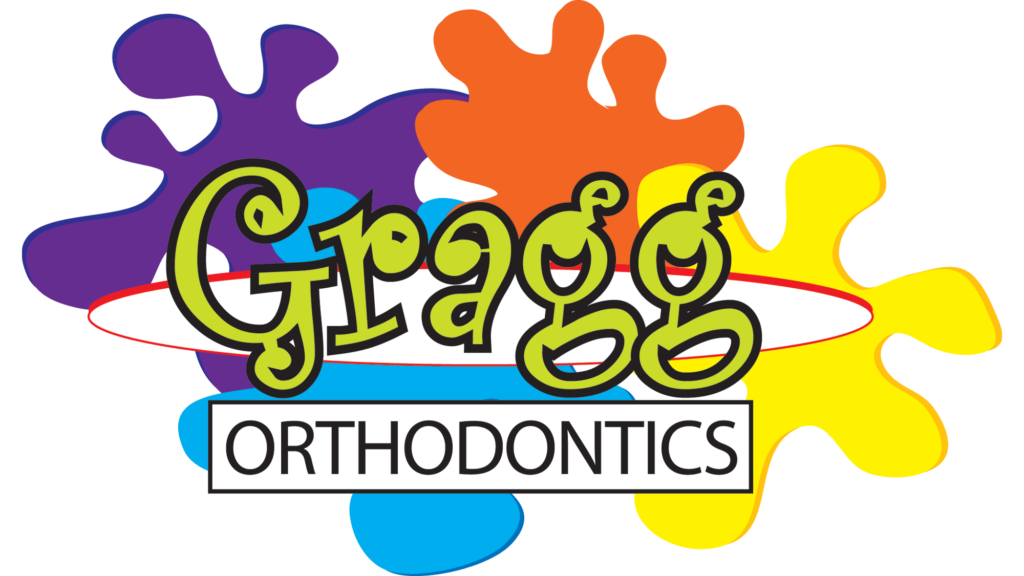Are you a parent wondering about the best time for your child to begin early orthodontic treatment? Many parents grapple with this decision, trying to balance their child’s dental health with their development and self-esteem.
This blog post will guide you through everything you need to know to make an informed decision.
From the ideal age for orthodontic treatment to the benefits and factors to consider, we’ve got you covered.
Let’s explore the world of early orthodontic treatment and help you determine the best path for your child’s smile.
The Importance of Early Orthodontic Treatment
Early orthodontic treatment plays a crucial role in your child’s oral health. Beginning treatment at a young age can set the foundation for a lifetime of healthy smiles.
Misaligned teeth or jaw issues can impact a child’s ability to chew, speak, and even breathe properly. Addressing these issues early on can prevent more severe problems down the line, making treatment less complicated and more effective.
Understanding the significance of when to start orthodontic treatment can help parents make proactive decisions. When children receive orthodontic care at the right age, they are more likely to experience optimal results and improved overall health.
Additionally, early treatment can boost a child’s self-esteem by correcting any visible dental issues before they become more noticeable during adolescence.
Defining the Best Age for Orthodontic Treatment
Determining the best age to begin orthodontic treatment is a common concern among parents.
According to the American Association of Orthodontists, children should have their first orthodontic evaluation by the age of 7. This early assessment allows orthodontists to identify any potential problems and determine the most appropriate timing for treatment.
While some children may not require immediate intervention, others might benefit from early treatment. The ideal age for starting orthodontic treatment varies depending on the individual needs of the child. Orthodontists take into account factors such as the growth and development of the jaw, the alignment of the teeth, and any existing orthodontic issues.
By consulting with an experienced orthodontist like Dr. Kimberly Gragg here at at Gragg Orthodontics, parents can receive personalized recommendations based on their child’s unique situation.
Benefits of Early Orthodontic Treatment
- Early Detection of Issues: Identifying dental or jaw problems at a young age allows for timely intervention and can prevent more complex issues later.
- Improved Dental Health: Early treatment can lead to enhanced oral hygiene by correcting misaligned teeth, making it easier for children to brush and floss effectively.
- Enhanced Self-Esteem: Addressing visible orthodontic issues during childhood can significantly boost a child’s confidence and self-image.
- Less Invasive Treatment Options: Early intervention may minimize the need for more extensive treatments in the future, potentially making the overall orthodontic process shorter and less complicated.
- Better Long-Term Outcomes: Establishing a healthy bite and proper alignment early on can contribute to greater stability and longevity of dental health.
- Positive Impact on Speech and Function: Correcting dental and jaw issues can enhance a child’s ability to speak clearly and chew effectively, promoting better overall development.
Common Orthodontic Issues in Children
Understanding the common orthodontic issues that children may face can help parents recognize the signs and seek timely intervention. Several dental issues can benefit from early orthodontic treatment, including:
- Crowding: When teeth overlap or become too close together, it can lead to difficulty cleaning and potential tooth decay.
- Spacing: Gaps between teeth can impact the uniformity of a child’s smile and potentially affect their bite.
- Crossbite: A crossbite occurs when the upper and lower jaw are not properly aligned, which can cause problems with chewing and speaking.
- Overbite/Underbite: These common issues involve the top or bottom jaw protruding beyond the other, leading to an uneven bite.
- Protruding front teeth: This issue can impact a child’s self-esteem and potentially lead to injuries while playing sports or during accidents.
By addressing these issues early on, orthodontists can help minimize their impact and improve overall dental health.
Factors to Consider
While the ideal age for beginning orthodontic treatment varies from child to child, there are some general factors parents should consider:
- The seriousness of the issue: If the problem is severe, immediate intervention may be necessary regardless of the child’s age.
- The recommendation of an orthodontist: Consulting with a professional can provide valuable insight into when is the best time for your child to begin treatment.
- Your child’s comfort level: Some children may be more comfortable with starting treatment at a younger age, while others may prefer to wait until they are older.
- Financial considerations: Starting treatment early can potentially lead to a shorter and less costly process in the long run.
Whatever the decision may be, it’s essential to consult with an experienced orthodontist and consider your child’s specific needs when determining the best age for orthodontic treatment.
Expert Advice from Orthodontists
According to Dr. Gragg, early intervention can significantly impact the effectiveness of treatment. She recommends that parents schedule their child’s first orthodontic appointment by the age of 7 to identify any potential issues and create a tailored treatment plan.
Dr. Gragg highlights the benefits of guiding the growth and development of the jaw and teeth, which can lead to more stable and long-lasting results.
Additionally, she stresses the importance of choosing an experienced and compassionate orthodontist who can create a comfortable and supportive environment for young patients. Building a positive relationship with the orthodontist can make the treatment experience more enjoyable and successful for both the child and the parents.
Conclusion
Deciding when to start orthodontic treatment for your child is a significant choice that can impact their oral health and overall well-being. Early evaluation and timely intervention can set the stage for a lifetime of healthy smiles.
By understanding the benefits of early treatment, recognizing common orthodontic issues, and considering expert advice, parents can make informed decisions that prioritize their child’s dental health.
At Gragg Orthodontics, we are committed to providing personalized and effective orthodontic care for children of all ages. Our experienced team, led by Dr. Kimberly Gragg, is dedicated to creating beautiful smiles and boosting confidence through state-of-the-art treatments.
Contact us today to take the first step towards a healthier, more confident smile for your child.

